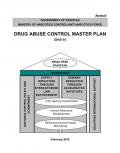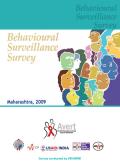Publications on People Who Inject Drugs (PWID)
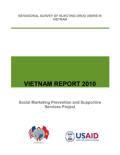
Resource | Publications,
Between December 2009 and February 2010, PSI Vietnam, in partnership with local research agency, Newcare conducted a behavior survey of male injecting drug users, across seven PEPFAR priority provinces in Vietnam (Ho Chi Minh City, Hanoi, Hai Phong, Quang Ninh, An Giang, Nghe An, and Can Tho).
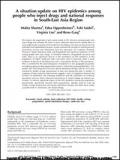
Resource | Publications,
To achieve significant impact on the HIV epidemics among people who inject drugs, governments, specifically national AIDS programmes, urgently need to scale up needle–syringe programmes and opioid substitution therapy and make these widely available both in community and closed settings.
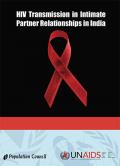
Resource | Publications,
By reviewing available data and literature on HIV transmission in intimate partner relationships; understanding the current national response for addressing this emerging epidemic trend; the endeavour was identifying potential programmatic entry-points for preventing HIV transmission in intimate partner relationships.
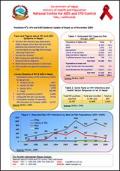
Resource | Fact Sheets,
Facts and Figures about HIV and AIDS Epidemic in Nepal:
- The first HIV infection was detected in 1988 in Nepal. Since then HIV and AIDS epidemic has evolved from low‐ to concentrated among High Risk Groups:
* Injecting Drug Users,
* Female Sex workers,
* Men having Sex with Men and
* Seasonal labour Migrants.
-Heterosexual transmission is dominant.
-HIV prevalence in general population is <1%
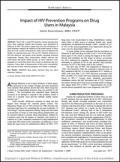
Resource | Publications,
Faced with a rising HIV epidemic among injecting drug users, harm reduction policies and programs were introduced in Malaysia in 2005. The positive impact seen since the introduction of these programs comprise the inclusion of the health aspects of illicit drug use in the country’s drug policies; better access to antiretroviral therapy for injecting drug users who are HIV infected; reduction in HIV-risk behavior; and greater social benefits, including increased employment. Despite these achievements, tension between law enforcement and public health persists, as harm reduction exists alongside an overall drug policy that is based on abstinence and zero tolerance. Unless there is harmonization of this policy, sustainability and scale-up of harm reduction programs will remain a challenge.






